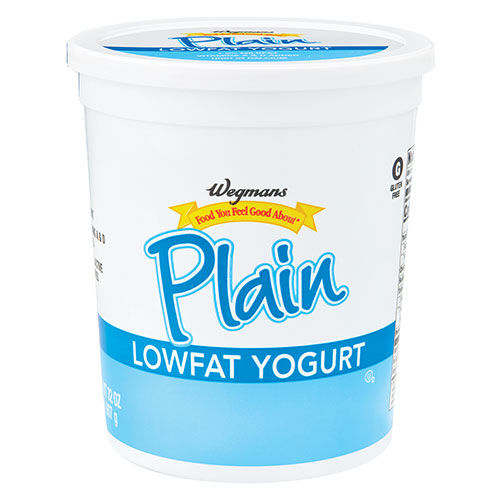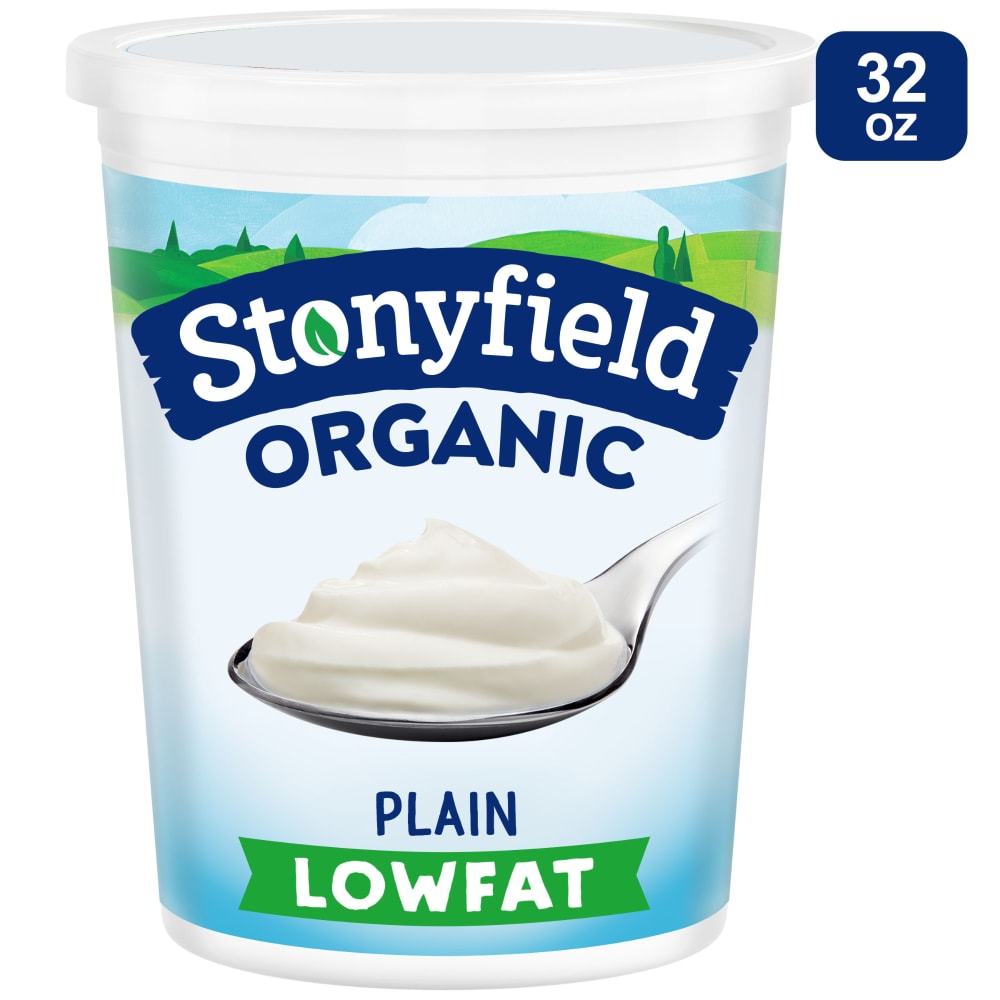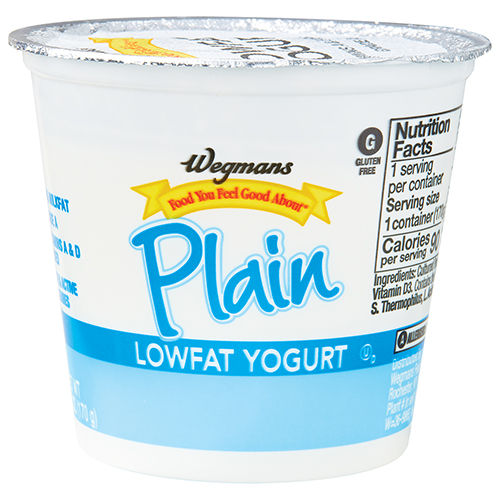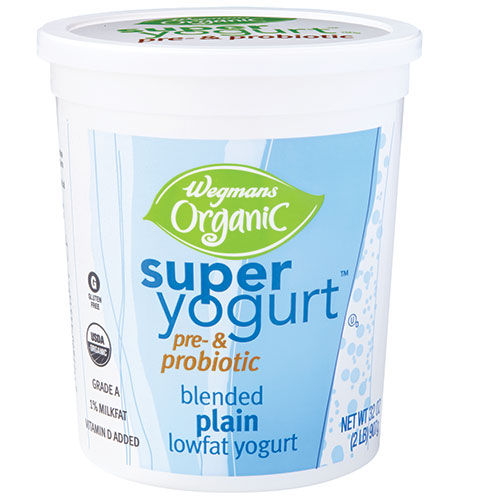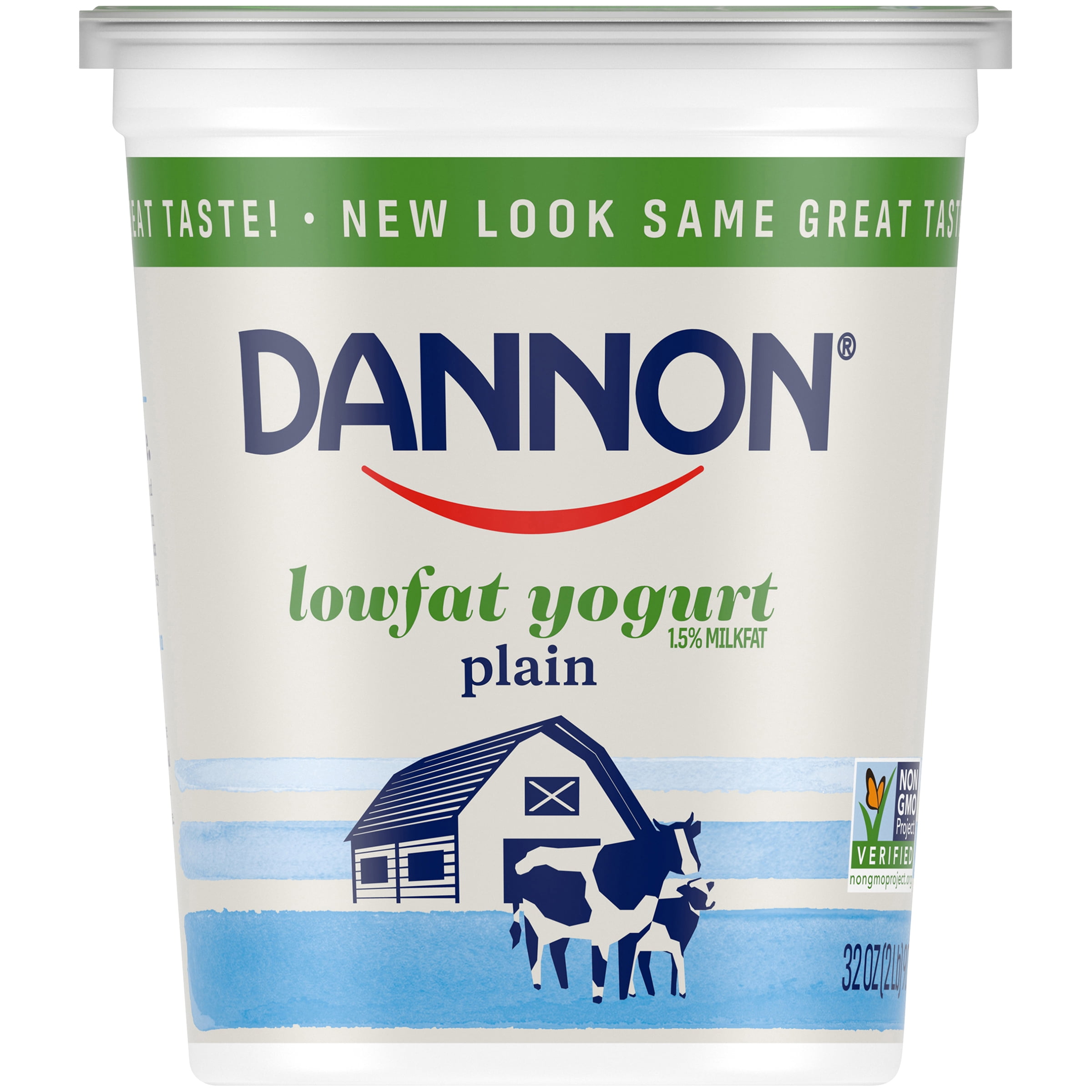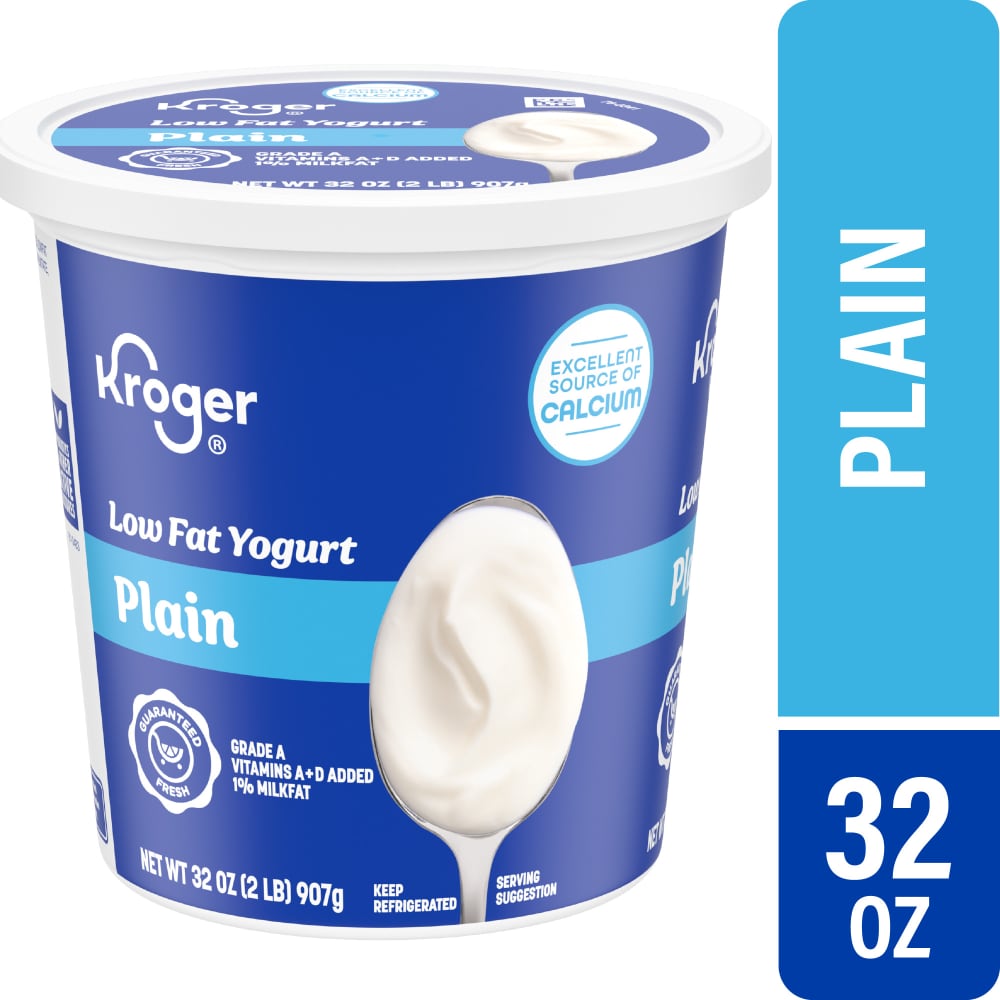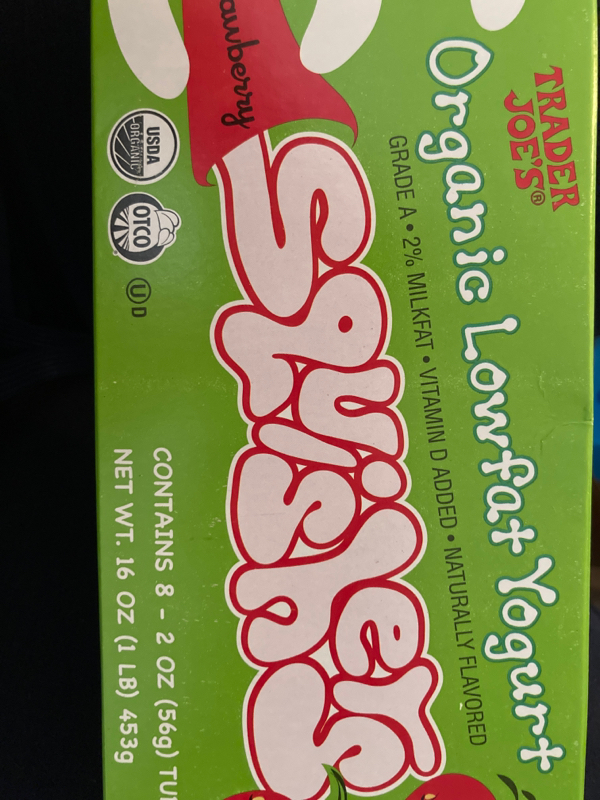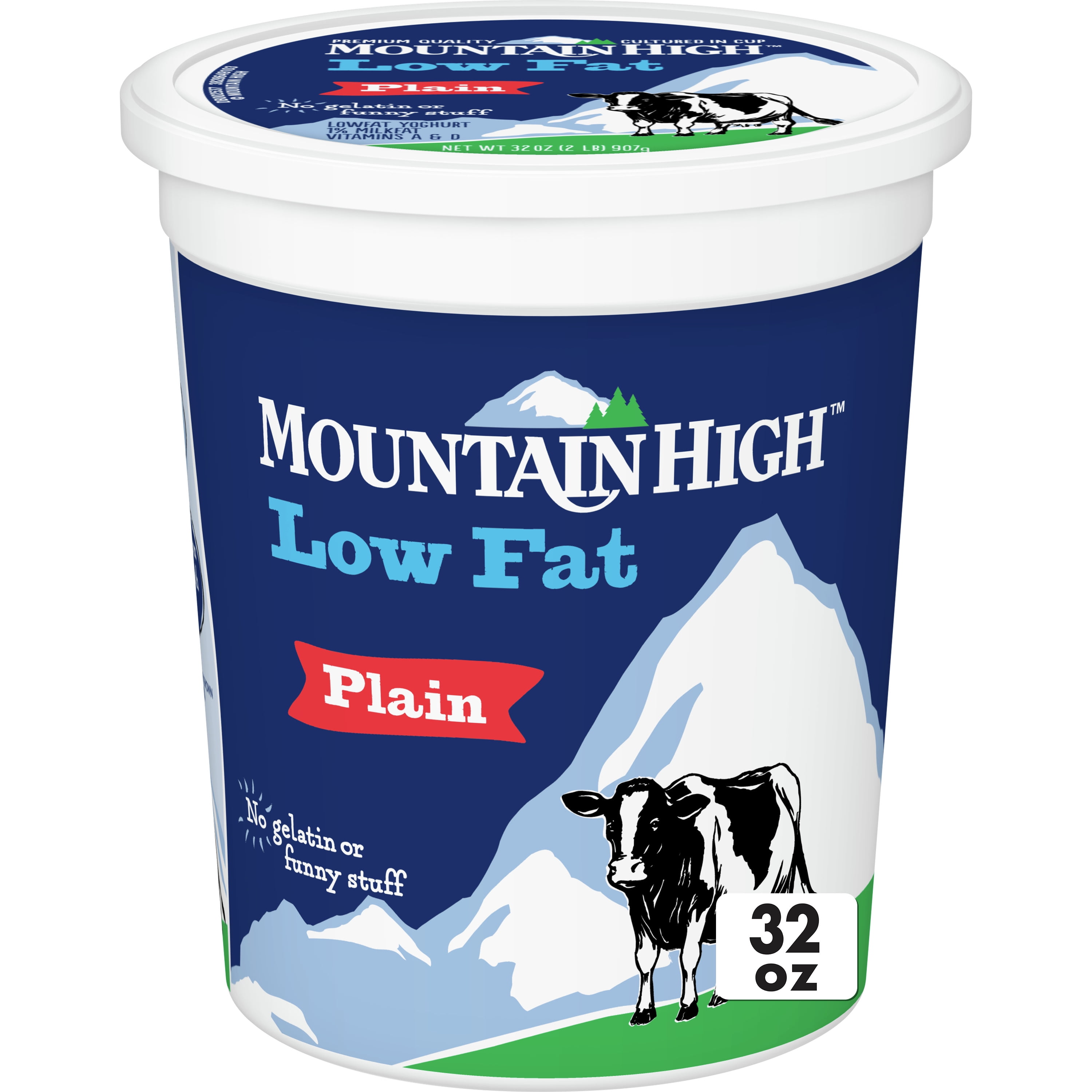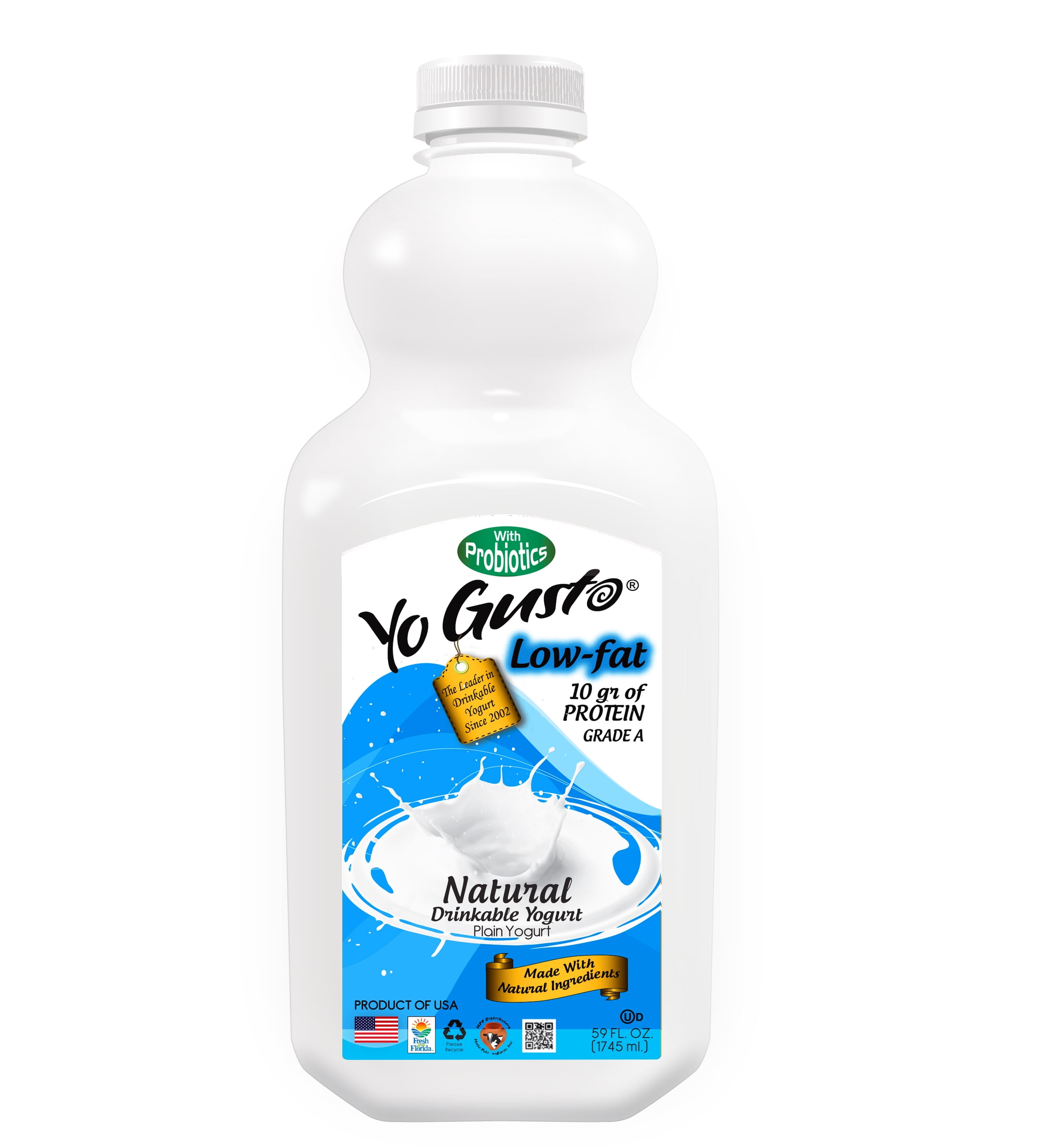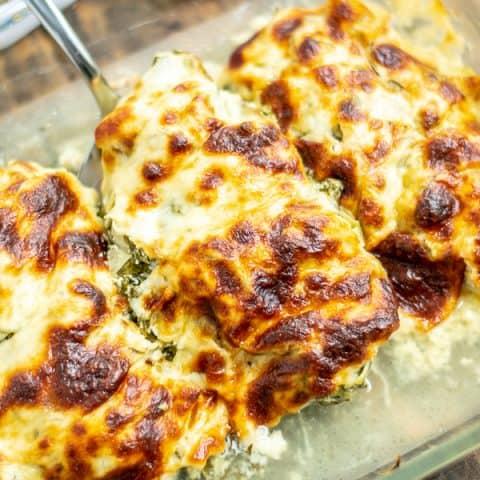Lowfat Plain Yogurt
Lowfat plain yogurt is a versatile dairy product made by fermenting milk with bacterial cultures. With reduced fat content compared to whole milk yogurt, it offers a healthier alternative for the health-conscious consumer. Lowfat plain yogurt typically contains around 2% fat, providing a creamier texture compared to nonfat options while staying lower in calories than full-fat versions. This staple ingredient is widely popular for its tangy flavor, creamy consistency, and several nutritional benefits.
Incorporating lowfat plain yogurt into your daily meals can elevate dishes with added probiotics, vitamins, and minerals, including calcium, B vitamins, and potassium. It serves as a great base for dips, smoothies, dressings, marinades, and can even be a lighter replacement for sour cream or mayonnaise. Additionally, lowfat plain yogurt can enhance the taste and texture of baked goods while offering a healthier twist. This versatile ingredient fits seamlessly into a variety of cuisines and dietary preferences, including vegetarianism and low-calorie meal plans.
51%
CARBS
11%
FAT
38%
PROTEIN
227 Lowfat Plain Yogurt Products
Wegmans Lowfat Plain Yogurt
Stonyfield Organic Lowfat Yogurt, Plain
Wegmans Lowfat Plain Yogurt
Wegmans Organic Lowfat Blended Plain Super Yogurt
Hill Country Fare Low-Fat Plain Yogurt
Brand Dannon Dannon Lowfat Non-GMO Project Verified Plain Yogurt
Kroger® Plain Low Fat Yogurt Tub
Organic Lowfat Yogurt Squishers
Mountain High, Low Fat Yogurt, Plain, Gluten Free Snacks
Yo Gusto Yogurt, Sweetened, 2% Low-Fat, Natural
Used In 9 Recipes
3
Creamy Coconut Potato Curry with Fresh Cucumber Sauce
4,940
Chicken Shawarma with Green Beans and Zucchini
878
Spinach Artichoke Chicken Bake
2
Healthy Easy Baked Apple Recipe with Spiced Granola and Yogurt
14
Superfood Chopped Salad with Salmon & Creamy Garlic Dressing
Tandoori chicken
Chopped Cobb Salad with Creamy Garlic Dressing
5
Lightened Green Goddess Dressing
Lowfat Plain Yogurt Is Frequently Used With
Lowfat Plain Yogurt FAQ
Cooking with lowfat plain yogurt can be an exciting adventure, but some people often encounter some challenges. The most common issue lies with using yogurt as a substitute for other ingredients in baking or cooking, particularly in adjusting ratios adequately to maintain the desired taste and consistency of the dishes. The tanginess of yogurt can sometimes unexpectedly influence the overall flavor of your recipes, which is why beginners often struggle with savory applications. However, with a better understanding of this ingredient, you can seamlessly incorporate it into a delicious and nutritious meal.
A key way to get the most out of your lowfat plain yogurt is by taking full advantage of its versatility. Use it as a hearty, low-fat base for smoothies, dressings, or dips; or introduce it as a healthier alternative to heavy creams or sour cream in your soups, sauces, and even marinades. You can even use yogurt to tenderize meats due to its subtly acidic nature. Yogurt also makes a great substitute for oil and provides an excellent moisture source for baked goods. When experimenting with using yogurt in baking, start small, replacing half the fat in the recipe with yogurt and adjusting to your taste preferences.
One lesser known trick with yogurt is using it in marinades for grilled meats. The acidity, while not as high as lemon or vinegar, can help to break down proteins and tenderize the meat, while also adding a lovely tangy flavor. Also, yogurt droplets on a cooking steak will caramelize and contribute to a unique charred flavor that's difficult to replicate with other ingredients.
An additional tip would be to remember to temper your yogurt before adding it to a hot liquid or sauce. This involves gradually introducing small amounts of the hot liquid into the yogurt to slowly raise its temperature. By doing this, you can prevent the yogurt from curdling, ensuring a smooth consistency in your final dish.
Can I use yogurt in place of milk in recipes?
Can I substitute lowfat plain yogurt for cream in recipes?
Does using lowfat plain yogurt in baking make my recipe healthier?
What can I do if my yogurt curdles while cooking?
Can I use yogurt as a marinade?
Why does my sauce turn grainy when I add yogurt?
Can I substitute yogurt for eggs in a baking recipe?
How can I use yogurt to improve the taste and texture of my baked goods?
Can I use lowfat plain yogurt to make my own flavored yogurt?
Can I use lowfat plain yogurt in a smoothie?
Expiration & Storage Tips
When does lowfat plain yogurt expire?
Unopened, most store-bought lowfat plain yogurt can last 1-2 weeks past the sell-by date when stored properly in the refrigerator. Once opened, it is best to consume the yogurt within 5-7 days. Do remember, these are general guidelines and the actual freshness may differ based on individual storage conditions. If frozen, this yogurt can extend its life up to 1-2 months, however, the texture might change to a bit grainy once thawed - it's still good for baking and smoothies though!
How do you tell if lowfat plain yogurt is bad?
You can tell if lowfat plain yogurt has gone bad by looking for signs of spoilage such as an off smell, unusual color, or presence of mold. The texture of the yogurt can also be a giveaway - if it's too watery or has a lumpy consistency, it's probably not safe to consume. Spoiled yogurt might also have a taste that is off, sour or more tangy than usual. When in doubt, it's best to err on the side of caution and throw it out.
Tips for storing lowfat plain yogurt to extend shelf life
• Always store yogurt in the fridge, keeping it at a constant 40°F or below
• After every use, ensure the lid is closed tightly to prevent contamination and rapid spoilage
• Don’t leave yogurt out at room temperature for more than two hours
• If you don't expect to use the full container within a week of opening, portion the yogurt into smaller containers and freeze
• If you decide to freeze yogurt, give it a good thorough stir before using to breakdown any graininess caused by freezing
• Do not store yogurt on the fridge door, as the temperature fluctuation can shorten its shelf life.
EXPIRES WITHIN
2 - 6
WEEKS
Equivalents
Substitutes

Plain Greek Yogurt

Plain Yogurt

Lowfat Plain Greek Yogurt

Nonfat Plain Greek Yogurt

Lowfat Plain Skyr Yogurt

Plain Skyr Yogurt

Plain Almond Milk Yogurt

Plain Coconut Milk Yogurt

Plain Oat Milk Yogurt

Plain Vegan Yogurt
See All
Health Info
Macros
17g
CARBS
3g
FAT
12g
PROTEIN
Allowed on these diets
LOW FAT
HIGH CALCIUM
VEGETARIAN
KETO
MEDITERRANEAN
LOW CARB
GLUTEN FREE
Contains these allergens
MILK

